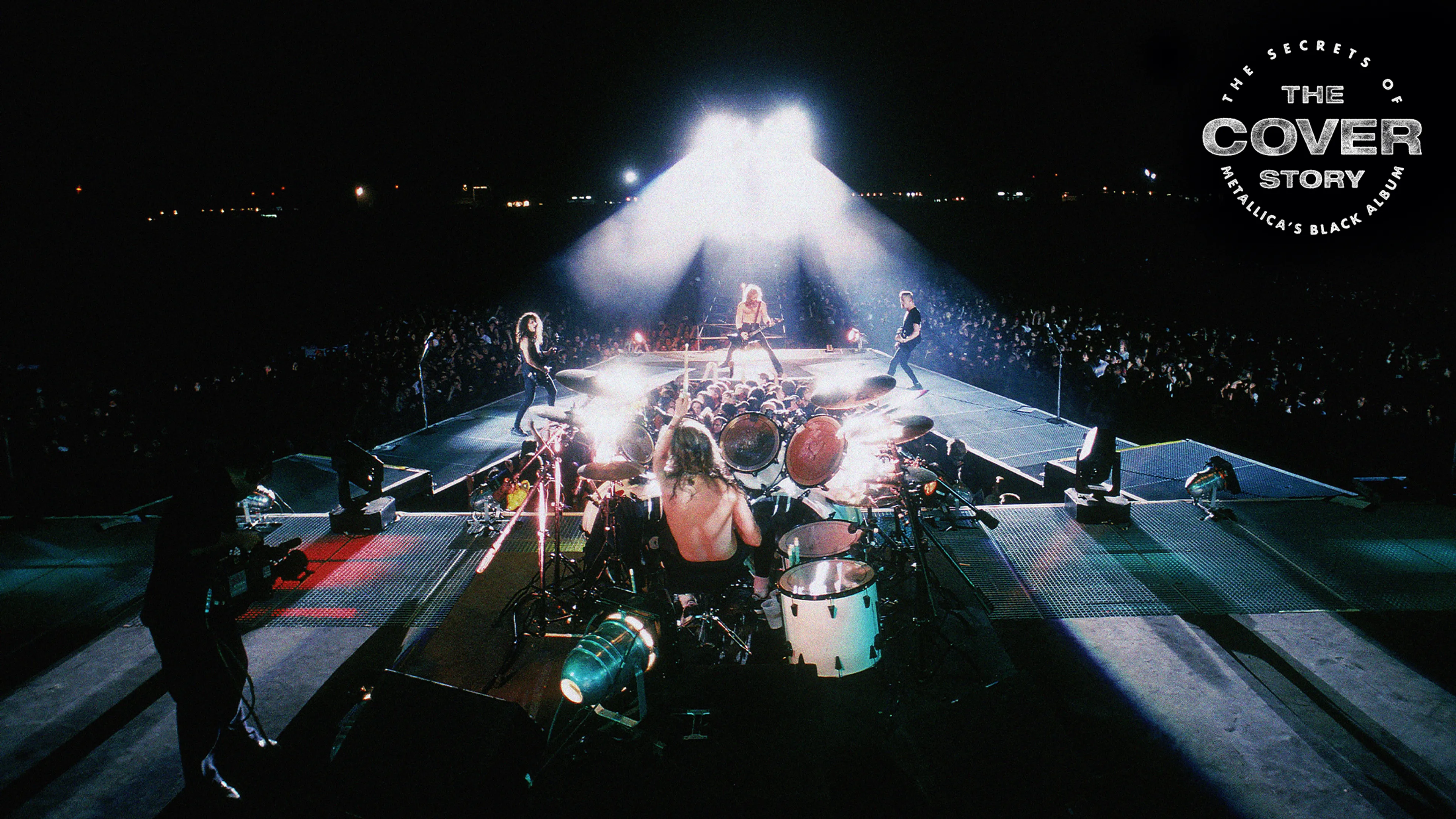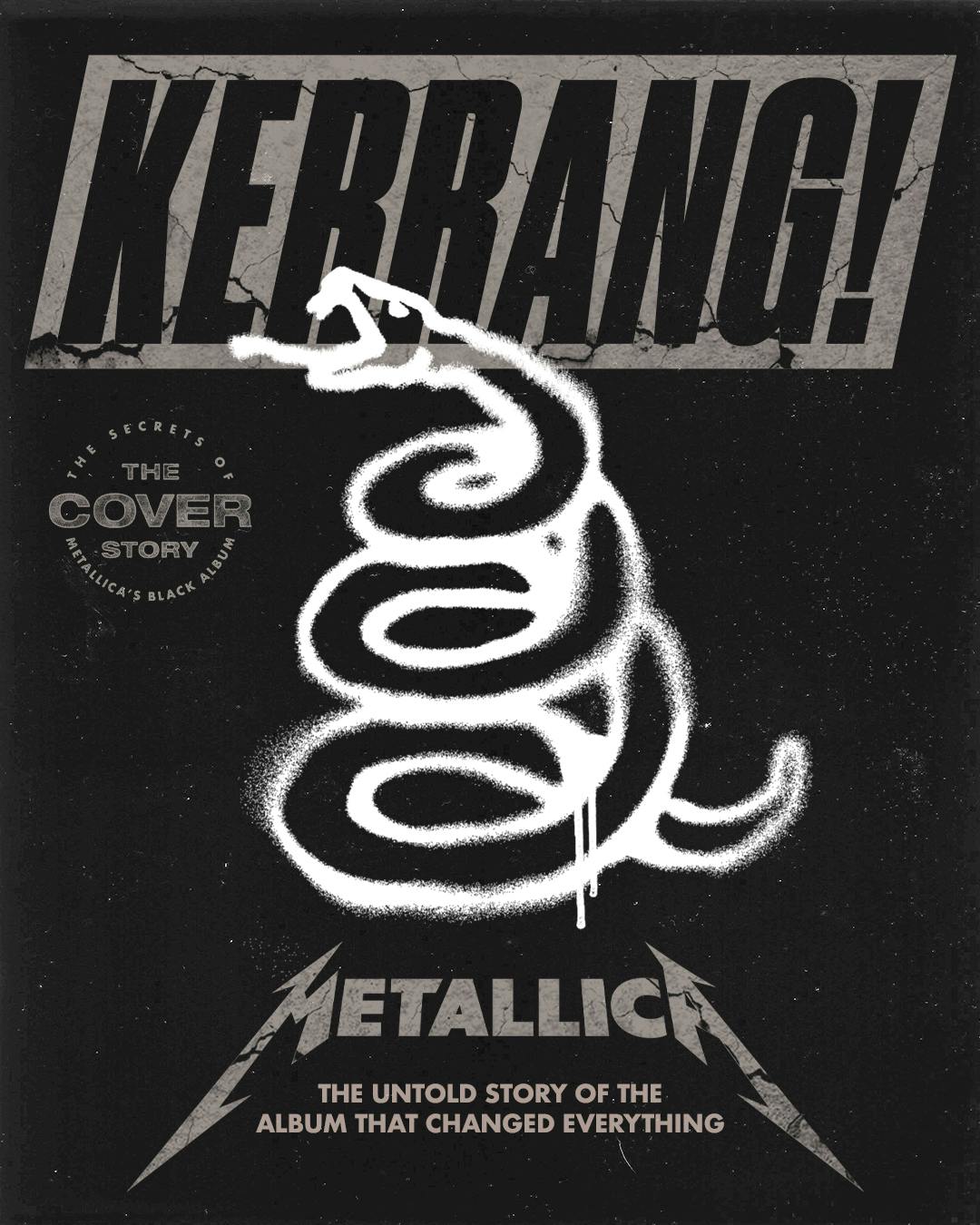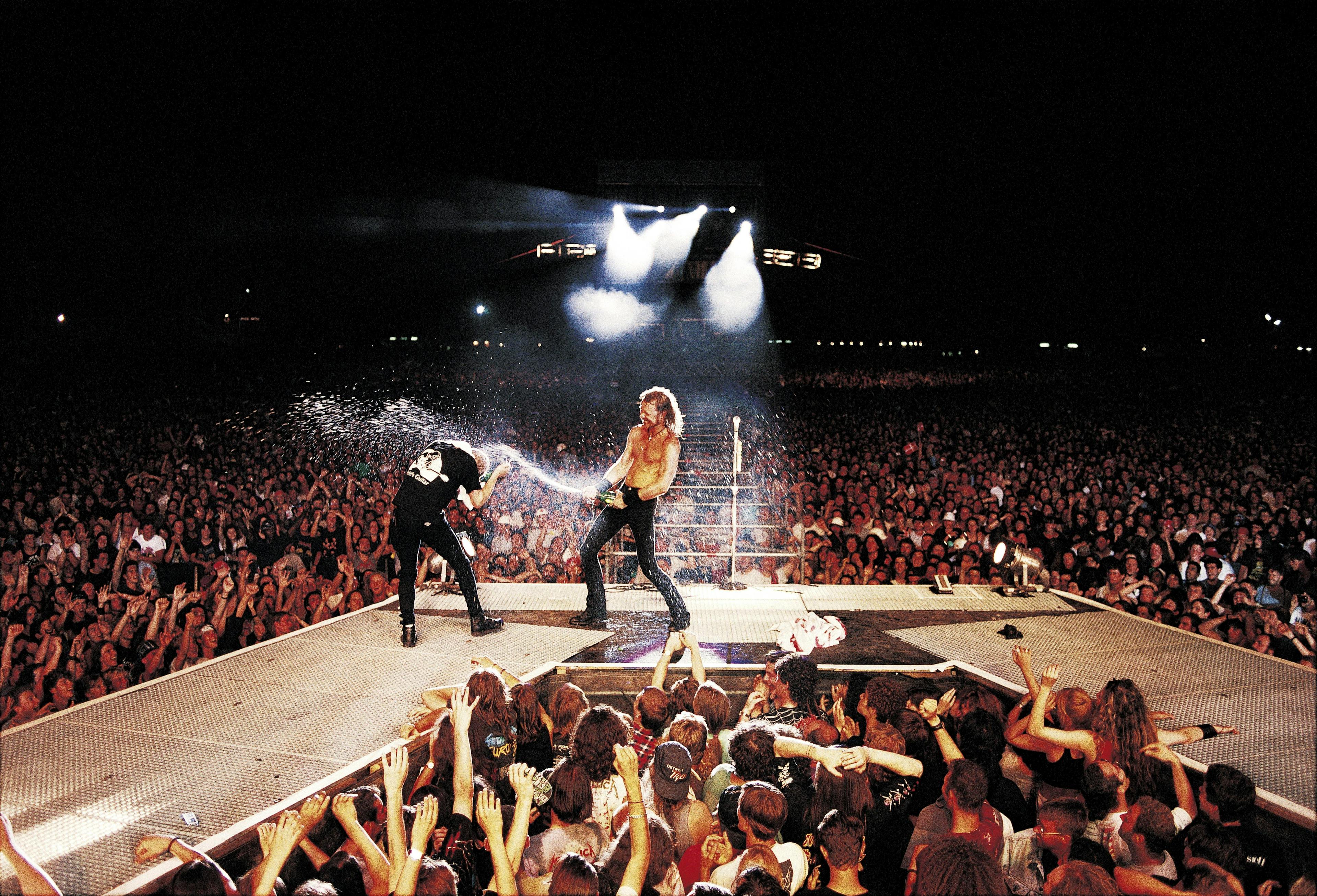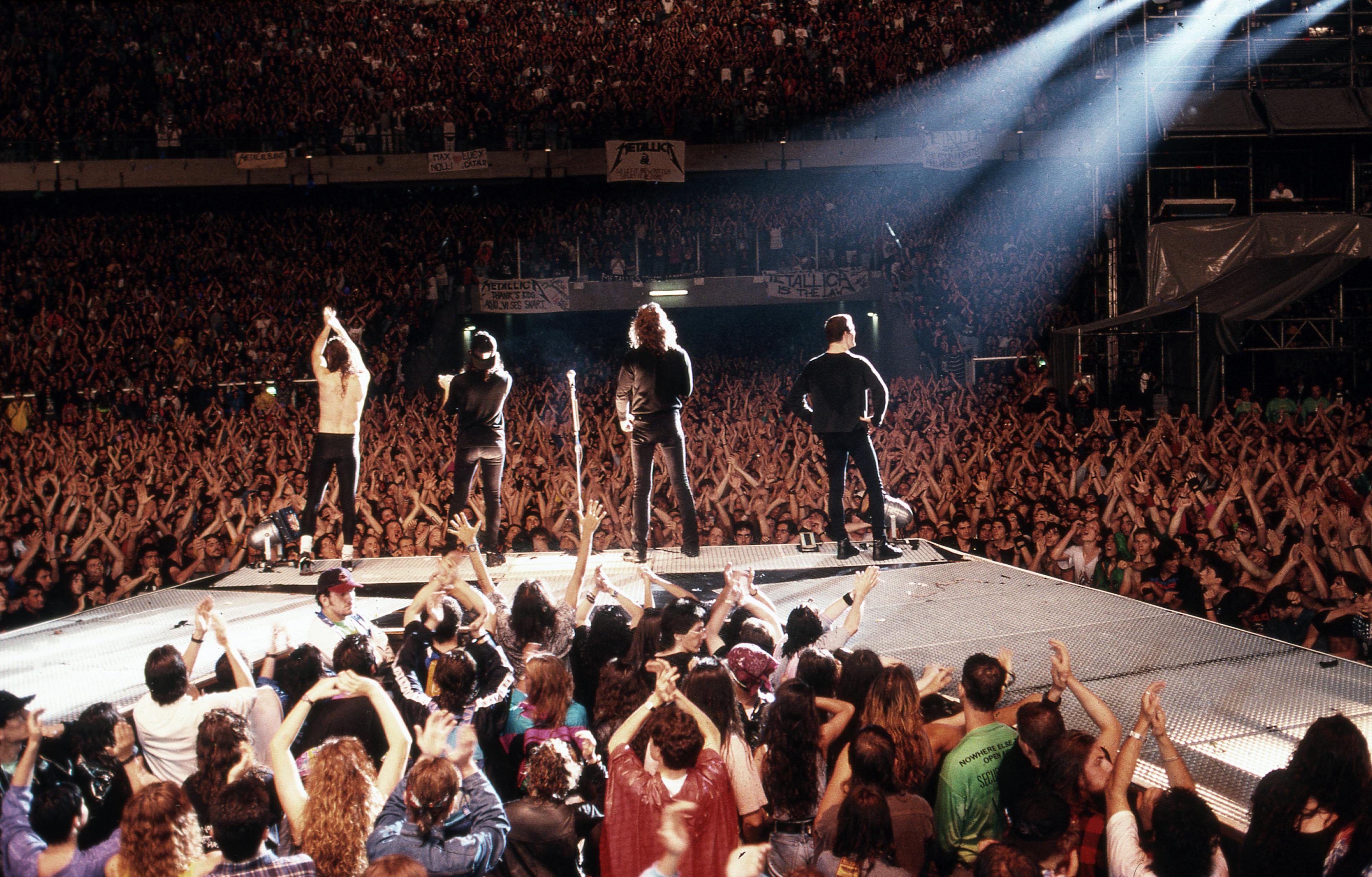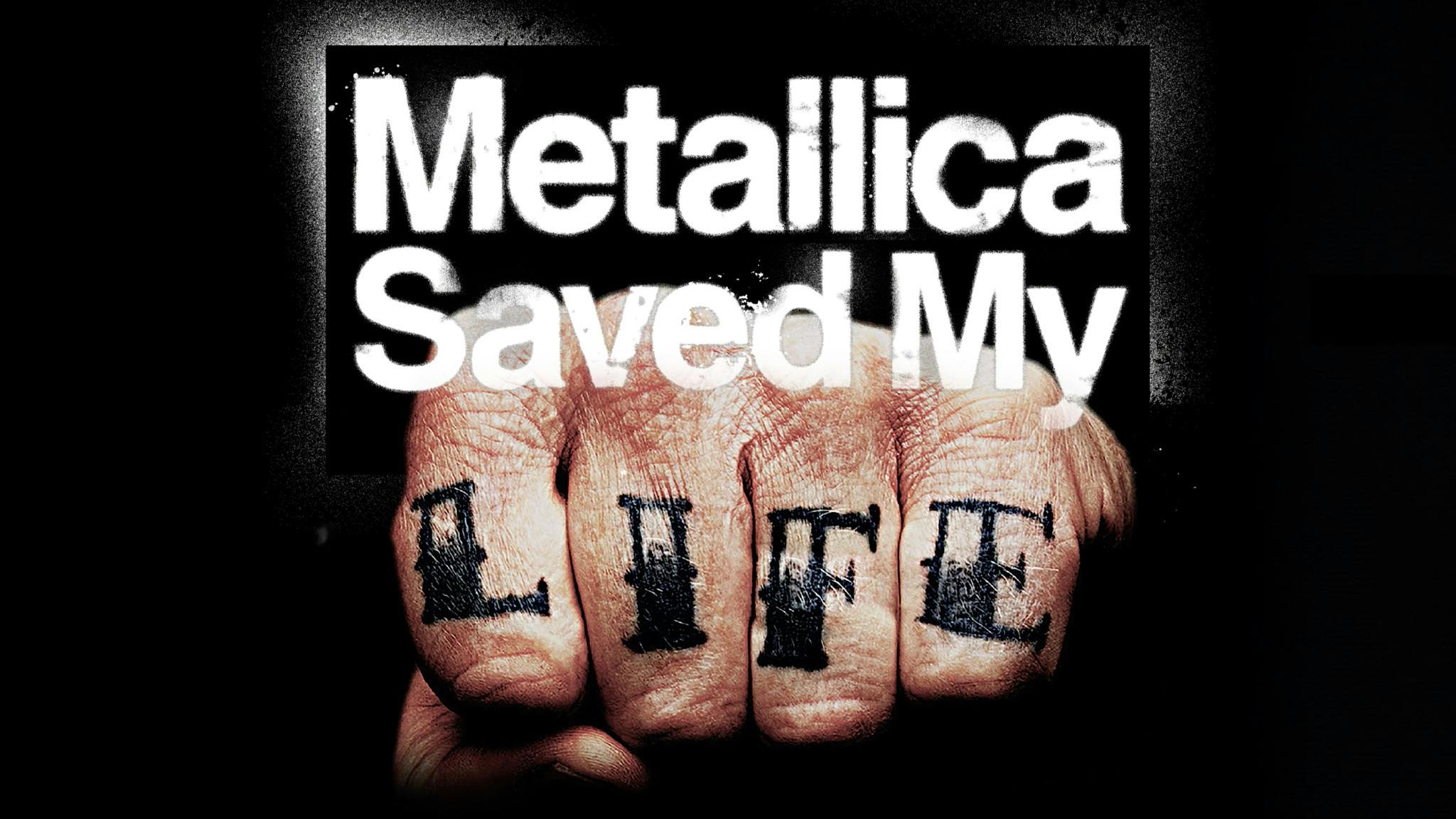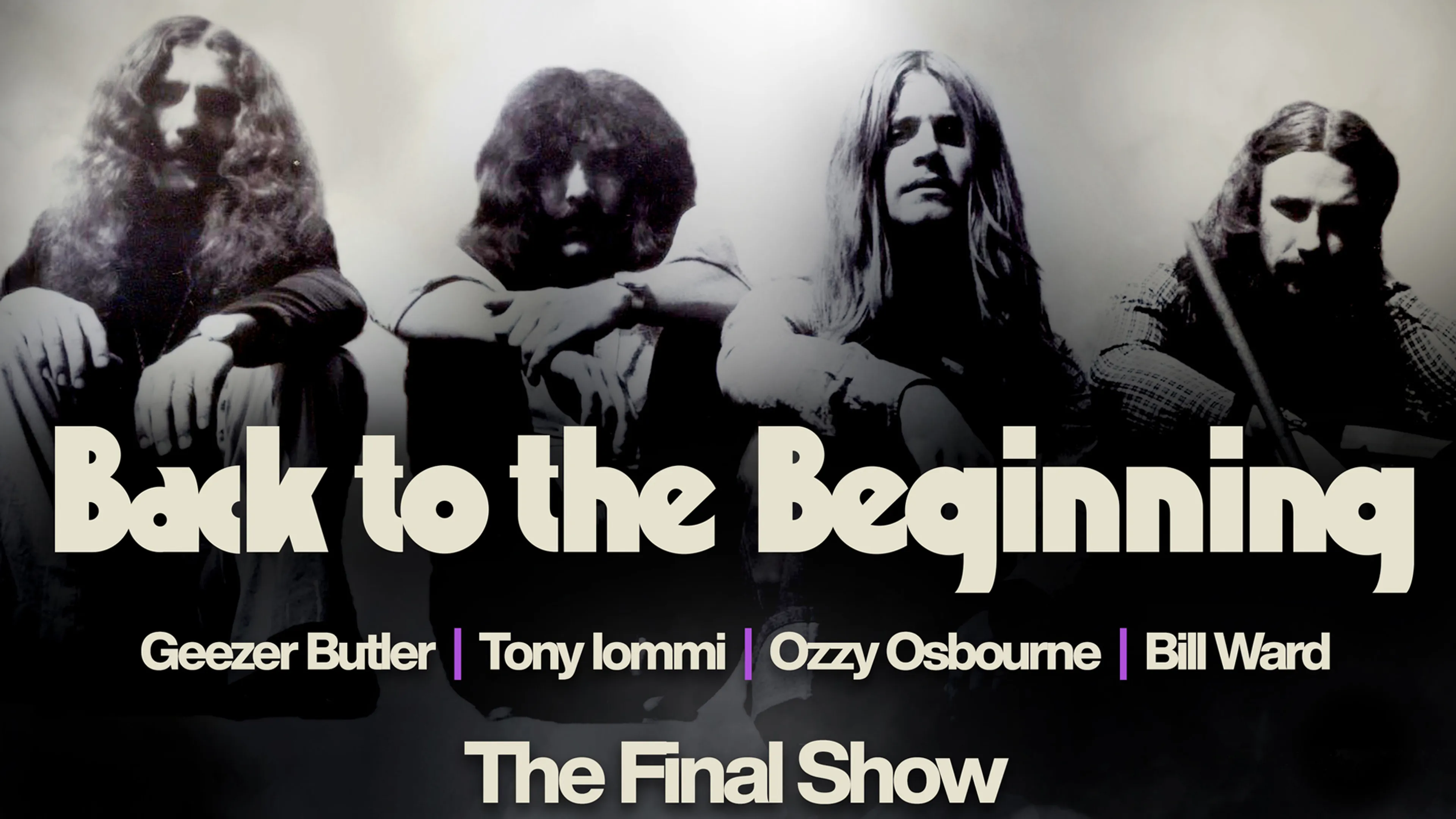The band already had some bare bones to work with. The monster riff from Enter Sandman had been conceived by guitarist Kirk Hammett after listening to Soundgarden’s second album Louder Than Love, for example (and almost thrown away, until Lars heard it in a hotel room and insisted that it was genius), but they still needed to realise their coalescing vision. For that they needed a helping hand and perhaps an outside eye. Enter producer Bob Rock, who was fresh from imbuing Mötley Crüe’s smash-hit Dr. Feelgood and The Cult’s aptly titled Sonic Temple with an enormous, gilded crunch. Not that everyone was down with the pairing right from the start.
“For me as a fan of Metallica now, then and always, Flemming Rasmussen [co-producer of the band’s previous three albums] was the man; he was the fifth member that created the Metallica sound we all grew to love,” says former Metallica bassist Jason Newsted today. “I had my feet still in the thrash part, I hadn’t gone over to realising about radio power and all that shit. I did know, however, that I liked the way the bass recording was on Dr. Feelgood. That was thumping and there was a lot of weight, the speakers were really moving the air. I loved that.”
No-one knows better than the bassist – who laid down the four-string foundation for 15 years but always remained in some ways Jason Newkid after joining the ranks in 1986 – how difficult a gang Metallica could be to break into. Even his new bandmates were aware of how much of a gang they were.
“You have to understand with Metallica it was always us against everyone else,” nods guitarist Kirk Hammett. “The entire time we've been in existence there have always been people who have told us, 'Oh you guys fucking suck'. That was just a fact of our lives because of our sound, because of the aggression, because of how different we were. So for this guy to all of a sudden come in, it was hard to let someone into our group. We were just so protective of everything and each other.
“Were these planets going to collide or were they going to align?” adds Jason of the move to Bob Rock. “Justice… sold a bunch of records, we did really well on the tour, so we all became probably multi-millionaires in that 19 or 20 months. So we’re coming in as those people, snotty as hell already and real uppity and real confident about ourselves. But he's him and he already has his pedigree too. There's a whole bunch of cats who can say, 'I can make it sound like this' and 'You're gonna be the biggest next damn thing', but there are very few people that can come through on that.”
